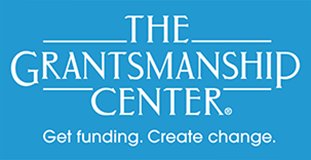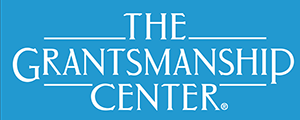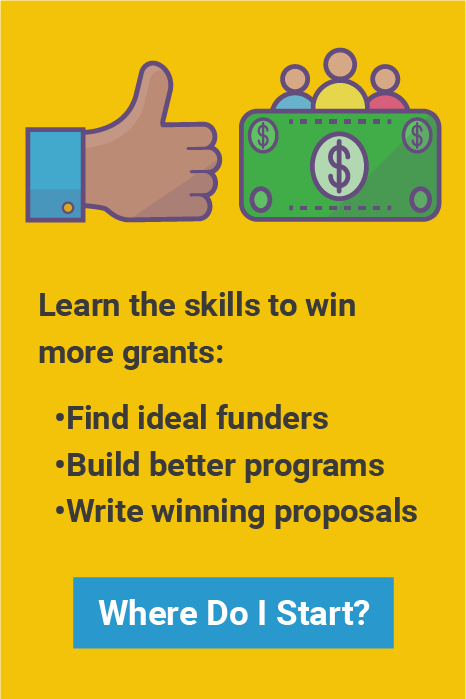
Carefully crafting the summary section of a grant proposal is vital. Let’s look at why the summary is so important.
- While the summary must be written last, it is the first thing the reviewer will see. It allows the reader to begin reading with an overview of what the proposal is all about
- In some review structures, not all panel members will read the entire proposal. For those who don’t read the whole thing, a well-written summary is essential.
- Funders may use the summary to provide public information about the organizations they funded. One audience for your summary may be people who will not have access to your whole document.
Some funders will give very explicit instructions for the summary. It may be called something else, like the Abstract. Remember that no matter what it’s called, you write it after you have completed the entire planning and proposal writing process. For those who don’t give specific instructions, the following provides guidance.
You’ll end up with one or two paragraphs of information that should stand alone and give a solid overview of your plan. Let’s make it as interesting as possible, too.
Look at each section of the proposal and think about one or maybe two sentences that highlight the main point of each section. In this logical order, write one to two sentences that summarize each of the following:
- The applicant organization and its credibility.
- The problem to be addressed and the reason/s for the problem.
- The planned approach.
- The measurable outcomes you expect to achieve.
- The evaluation plan.
- The time frame for funding and the budget: total cost, requested amount, and other sources of support.
Give yourself time to come back to the summary later to fine-tune for length, clarity, and interest.
It may have been Mark Twain who said: “I’d have written you a shorter letter if I‘d had more time.”
Patty Wolfe, Vice President for Development, The Grantsmanship Center



